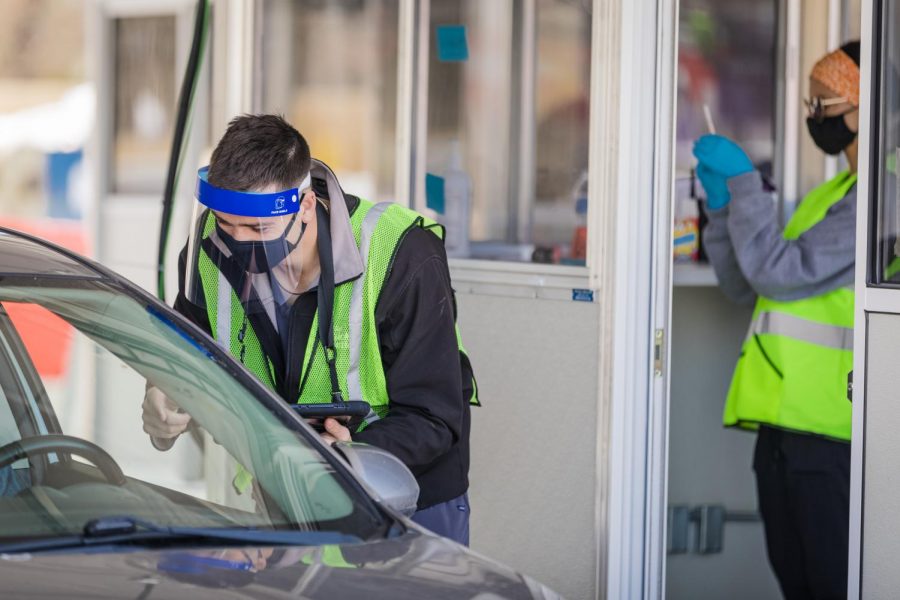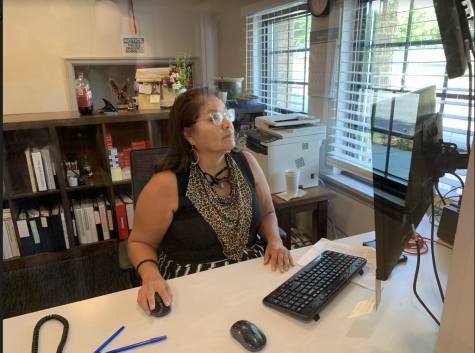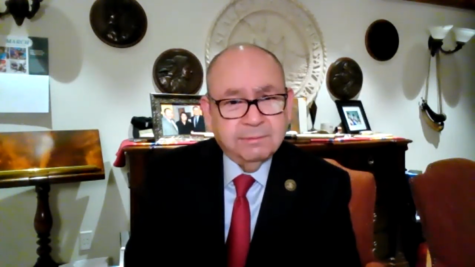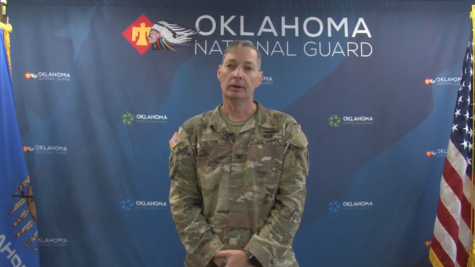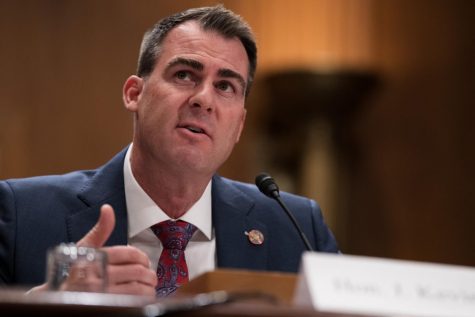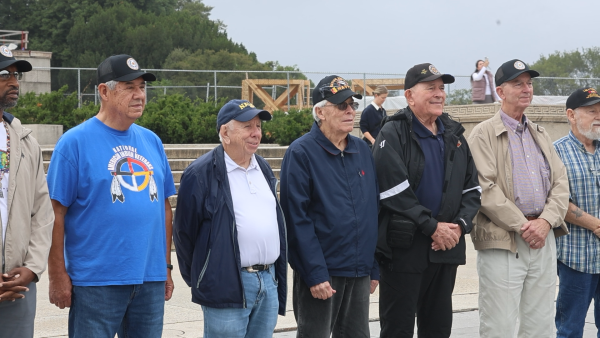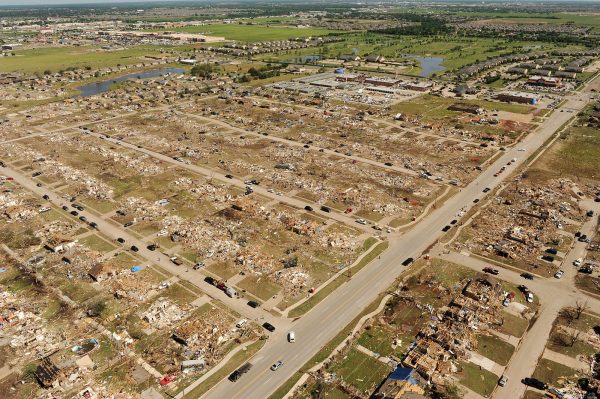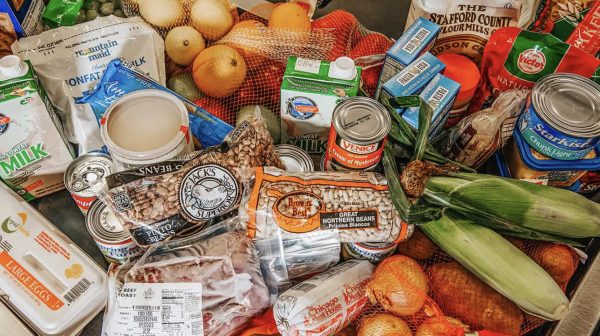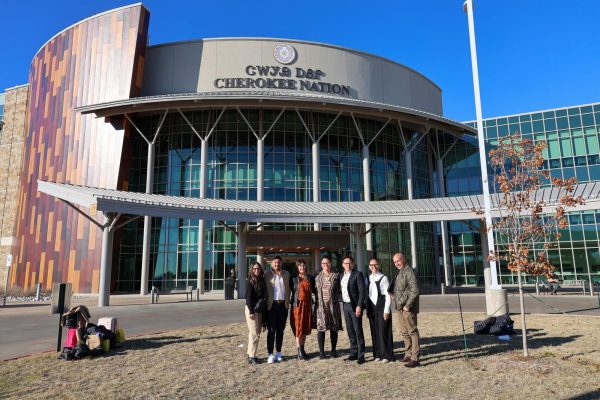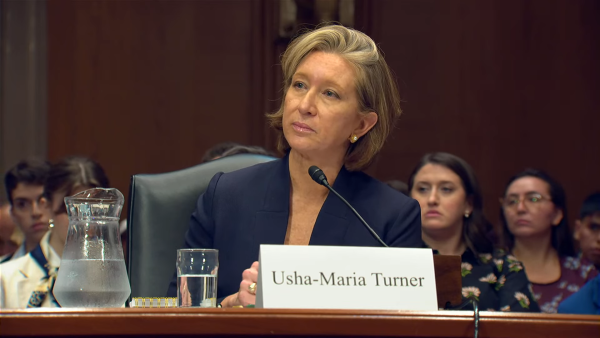Oklahoma tribes pivot to booster shots in COVID-19 battle
Patients are served at the Chickasaw Nation Emergency Operations Facility, 1300 Cradduck Road in Ada. Photo from the Chickasaw Nation.
Armed with the news that booster shot guidelines are on the horizon, tribal nations in Oklahoma continue their fight against COVID-19 in a state with a low vaccination rate as another surge pushes health care systems to their limits.
“The local Native community is probably vaccinated at a higher rate than their non-Native neighbors, just because we, Indian healthcare in general, have made it extraordinarily easy for them to get vaccinated,” said John Bearden, the Wyandotte Nation’s Bearskin Health and Wellness Center’s clinic compliance officer.
“No portal to have to sign in to make an appointment somewhere. We’ve been available as a walk-in vaccination clinic since very early on, and continue to do so.”
Bearden said the tribe will continue to provide vaccinations to non-tribal citizens as well.
“Our stance has been and will continue to be that the COVID pandemic isn’t just a tribal, county, state or national problem,” Bearden said. “It would do us little good to limit our COVID vaccination and COVID testing to just tribal members, if the folks that they work with, go to school with and worship with are still susceptible. The healthier our communities are, the healthier our tribes are.”
With the rise in cases, notably from the delta variant, Oklahoma tribes have adopted other measures to help defeat the virus. Some have gone so far as shutting down all Labor Day activities. Mask mandates remain in place for some tribes, although Oklahoma Gov. Kevin Stitt never implemented a statewide mask mandate.
Meanwhile, Oklahoma has fully vaccinated 1.73 million residents, or 43.6% of the population.
The Cherokee Nation of Oklahoma, the state’s largest tribe, reports 70 percent of its employees have been vaccinated, nearly doubling vaccination rates in some Oklahoma counties.
The upcoming use of booster shots was announced by President Biden before the Centers for Disease Control and Prevention (CDC) Advisory Committee on Immunization Practices (ACIP) met to approve boosters or formalize guidelines.
There is nothing different about the booster shot, which is a third dose of the same vaccine as the initial two doses. Still, Bearden said, the Indian Health Service (IHS) cannot give tribal nations any formal guidance on boosters until the committee acts on Aug. 30.
Some Oklahoma tribes are not waiting.
Chickasaw Nation Department of Health locations in Ada, Ardmore, Purcell and Tishomingo began offering the additional booster dose on Aug. 25 to those who meet immunocompromised criteria.
Oklahoma tribes such as the Choctaw, Cheyenne and Arapaho, Citizen Potawatomi, Absentee Shawnee and Wyandotte Nation are following CDC, IHS and FDA guidelines and will likely begin booster shots about Sept. 20.
IHS also is getting ready for the booster shot.
Following the U.S. Food and Drug Administration (FDA) and CDC guidelines as they become available, IHS Chief Medical Officer Dr. Loretta Christensen said her agency is preparing to offer booster vaccines in the fall for those who have had the Pfizer or Moderna vaccinations, starting eight months after a patient’s second dose.
“At that time, the individuals who were fully vaccinated earliest in the vaccination rollout, including many health care providers, nursing home residents, and other seniors, will likely be eligible for a booster,” Christensen said.
Oklahoma City’s IHS Area Office is expected to be the primary booster vaccine provider and distributor for many tribes in Oklahoma, such as the Citizen Potawatomi Nation’s Health Service, according to Citizen Potawatomi Chief Medical Officer Dr. Adam Vascellaro.
Vascellaro said the OKC-IHS vaccine supply appears to be “much higher than before” and booster vaccine distribution will be through in-clinic appointments, strike teams and mass vaccination events. Other tribes will be administering boosters alongside their pre-existing COVID-19 vaccination programs.
The Cheyenne and Arapaho and Absentee Shawnee tribes said they are working with IHS to ensure they receive a sufficient number of booster doses for their tribal and community members that the CDC has deemed a priority for booster shots.
The FDA released a statement on Aug. 18 that the Moderna and Pfizer-BioNTech vaccine would be evaluated for safe and effective use for booster shots, pending CDC approval.
Previously, the Pfizer-BioNTech vaccine — which will be remarketed under the brand name “Comirnaty” — had been approved for emergency use authorization, which remains in place for children ages 12-15 and immunocompromised individuals, according to a press release from the FDA.
IHS also anticipates that booster shots may be needed for the Johnson & Johnson vaccine, consistent with approved FDA and CDC guidelines.
Gaylord News is a Washington, D.C.-based reporting project of the University of Oklahoma Gaylord College of Journalism and Mass Communication.

